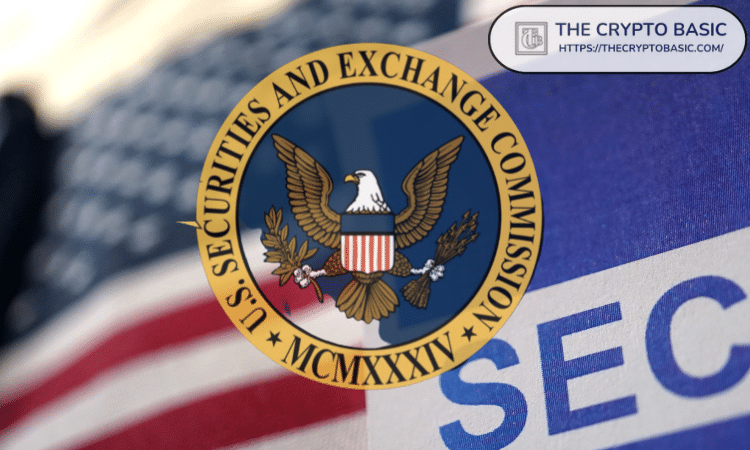
In the realm of cybersecurity, the alarming news has surfaced that X, a prominent entity, has officially confirmed the absence of two-factor authentication (2FA) on its compromised Securities and Exchange Commission (SEC) account. This revelation sheds light on the vulnerabilities within the cybersecurity infrastructure, raising concerns about the protection of sensitive financial information.
The Unfortunate Confirmation
X’s acknowledgment that it does not have 2FA in place for its compromised SEC account unveils a significant gap in its security measures. In an era where cyber threats loom large, the absence of this additional layer of protection leaves the door wide open for malicious actors to exploit and manipulate critical financial data.
Understanding Two-Factor Authentication
Before delving into the implications of X’s confirmation, it is essential to grasp the concept of two-factor authentication. 2FA adds an extra layer of security by requiring users to provide two different authentication factors. Typically, this involves something the user knows (like a password) and something the user has (like a mobile device). The combination of these factors significantly enhances the security of an account.
The Impact on SEC Accounts
The SEC, being a regulatory body overseeing the securities industry, holds a vast amount of sensitive financial data. The compromise of an SEC account is not just a breach of individual security; it has far-reaching consequences for the entire financial ecosystem. X’s confirmation amplifies the severity of the situation, emphasizing the urgent need for robust cybersecurity measures across the board.
The Domino Effect on Financial Markets
With the confirmation that X lacks 2FA on its compromised SEC account, concerns ripple through the financial markets. The interconnected nature of the global economy means that a breach in one entity’s security can have a domino effect, potentially impacting other organizations and investors. The question arises: How susceptible are other financial institutions to similar threats?
Examining X’s Cybersecurity Measures
To comprehend the gravity of X’s security lapse, it is crucial to examine its existing cybersecurity measures. Organizations, especially those dealing with sensitive financial information, must adopt state-of-the-art security protocols to safeguard against cyber threats.
X’s Current Security Infrastructure
Despite its prominence, X’s cybersecurity infrastructure appears to be lacking in the implementation of 2FA. This raises concerns about the overall security consciousness within the organization. The question arises: Did X underestimate the importance of this additional layer of protection, or is there a more profound issue at play?
The Role of Employee Training
Cybersecurity is not only about technological measures but also about the human factor. Employee awareness and training play a pivotal role in fortifying an organization’s defenses. X’s confirmation prompts the inquiry: Has there been adequate training to instill a culture of cybersecurity awareness among its staff?
The Urgency of Implementing Two-Factor Authentication
In the wake of X’s confirmation regarding its compromised SEC account, the urgency for organizations to implement 2FA cannot be overstated. The question is no longer about the possibility of a breach but rather about when and how severe the consequences will be.
Strengthening Security Posture
Implementing 2FA is a critical step in fortifying the security posture of organizations. It acts as a deterrent for potential cyber attackers, significantly reducing the risk of unauthorized access. The question remains: Will X swiftly rectify its security measures to prevent future compromises?
Regulatory Implications for X
The SEC, being a regulatory body, may scrutinize X’s security practices in light of this confirmation. Non-compliance with cybersecurity standards could have legal consequences, affecting not only X but also setting a precedent for other organizations. The question that lingers is: Will X face regulatory repercussions for its security oversight?
Conclusion
In conclusion, X’s confirmation that it does not have two-factor authentication on its compromised SEC account sends shockwaves through the cybersecurity landscape. This revelation underscores the critical need for organizations, irrespective of their size or prominence, to prioritize and invest in robust cybersecurity measures. The question now is not just about X’s vulnerability but about the broader implications for the entire financial ecosystem and the steps organizations must take to secure their digital assets.
As the cybersecurity landscape evolves, organizations must adapt, learn from incidents like this, and fortify their defenses to stay one step ahead of potential threats. The absence of two-factor authentication should serve as a wake-up call for businesses to reevaluate their security protocols and ensure the protection of sensitive information in an increasingly digital world. X’s confirmation should be a catalyst for positive change in the cybersecurity practices of not only the entity itself but also for organizations globally.